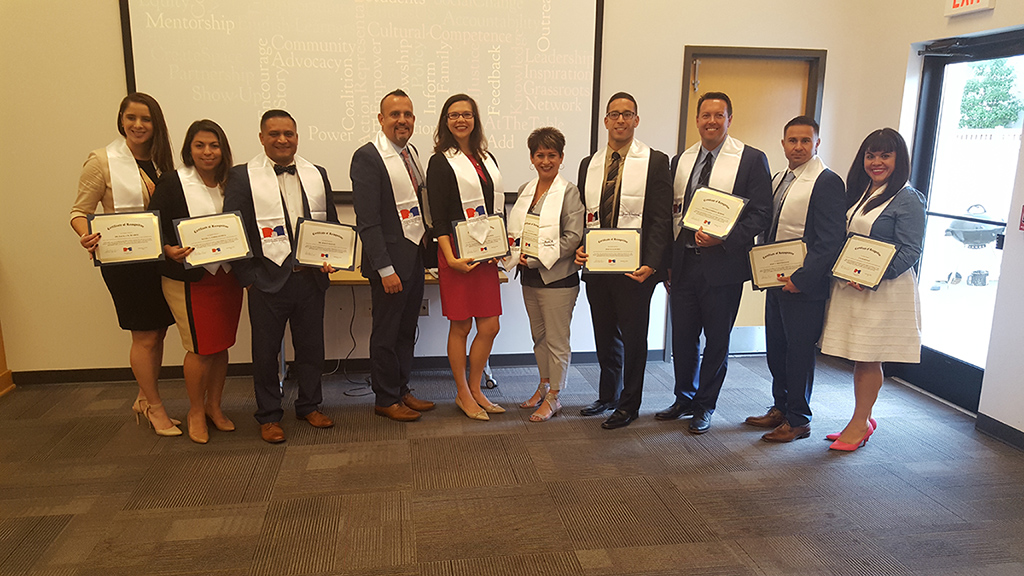Report: Most State ESSA Plans Leave Students with Disabilities Vulnerable
While great strides were made in reaching equal access to education for people of color with the approval of the 1965 Elementary and Secondary Education Act (ESEA), it would take another 10 years for Congress to account for students with disabilities with the 1975 Education for All Handicapped Children Act (AHCA).
But four decades later, these students are still struggling to receive the attention they deserve, and it’s even tougher for those who may also be low-income, minorities, English learners, or all of the above. In fact, a new report by the National Center for Learning Disabilities (NCLD) titled Assessing ESSA: Missed Opportunities for Students with Disabilities, has found that most states are failing to address the needs of students with disabilities in their implementation of the Every Student Succeeds Act (ESSA).
Signed into law in December 2015, ESSA is the latest federal law governing K-12 education in the United States, and it’s supposedto account for the 1990 Individuals with Disabilities Education Act (IDEA), the most recent legislation for the disabled.
Under ESSA, states are expected to include a description of how they will implement academic standards, conduct annual testing, set goals for academic achievement, hold schools responsible for student achievement, and create plans for supporting and improving struggling schools with proper educator training and support for English learners. But the NCLD report has found that most state policies fall short on these requirements when it comes to students with disabilities.
The report found that 46 states could do more to develop inclusive accountability policies, only 18 states have identical long-term goals for students with and without disabilities, and 33 states lack a performance measure for the aforementioned subgroups.
“When students with disabilities are properlytaught and supported, the overwhelming majority can meet rigorous academic standards,” the report states. “Historically, however, many states have not expected students with disabilities to perform as well as other students. This false perception can lead to lower student achievement and to a lack of resources devoted to students with disabilities.”
Looking at the Issue State by State
NCLD found that New Mexico and Florida’s ESSA plans had some of the nation’s worst scores in terms of meeting the needs of students with disabilities, as determined by 15 criteria laid out in the study. For example it found these two states don’t have the same long term goals for all students, don’t meaningfully include the performance of subgroups of students such as English learners or those with disabilities in their school ratings system, and don’t have a detailed description of professional development for teaching students with disabilities.
The situation is similar for Florida, the last state in the union to receive federal approval for its ESSA plan. Its plan uses a basic A-F grading system to report to the federal government on a school’s performance, but offers a separate system, the Federal Percent of Points Earned Index, to measure performance of subgroups. Civil rights groups say this makes it harder for policymakers and the general public to discern whether underserved groups are receiving the support they need.
The report also notes which states are taking a lead in efforts to close the achievement gap.
- The District of Columbia’s ESSA plan includes underserved subgroups as 25% of its overall accountability rating, although it hasn’t offered a clear explanation of how it will account for students with the most significant cognitive disabilities.
- Minnesota’s plan includes all subgroups in its overall ratings system and considers attendance, a key marker since students with disabilities are more likely to be chronically absent.
At the same time, the report says Minnesota could do more to explain how it will design alternative assessment for students with the most significant disabilities.
Identifying Disabilities
By far, one of the most common disabilities is autism, followed by various other speech and language impairments, while disabilities such as deafness and blindness are much less frequent.
ESSA allows for states to provide alternative diplomas for students with significant disabilities but only seven have declared that they will actually do so. Those states are Alabama, Kentucky, Mississippi, Nevada, Tennessee, Virginia, and West Virginia.
“We think these alternate diplomas are good options because their standards are aligned with the state requirements for the regular high school diploma, ” says NCLD Policy Research Associate Lindsay Kubatzky.” But he warns these are not to be confused with the so-called Individualized Education Program (IEP) diplomas given out by many other states. NCLD says the problem with IEP’s is that they operate more as certificates of attendance that don’t equate to post-school readiness for students.
One of the report’s contributors, UnidosUS Vice President of Education, Workforce Development, and Evaluation Peggy McLeod, says another pitfall of the current U.S. education system is that underserved students do not fit neatly into one category. That’s because a student with a disability may also happen to be a person of color, an English learner, and come from a low-income family.
“We have been especially concerned in the field about what happens when you are a kid who is learning English and might have a disability,” McLeod says. “Sometimes English learners don’t get the services they need and sometimes they get misclassified as having a disability because they are demonstrating behaviors that may indicate having a disability when they are actually in the process of learning English.”
“We know that when you have lower expectations, you have lower performance, reaffirming an unconscious bias,” adds Stephanie Langer, an attorney with the Miami-based advocacy organization Disability Independence Group. “We see this manifest in how discipline is implemented against these populations, in images on the news and in literature that students are exposed to, which often depicts Black children and Latino children as more violent or more mature.”
She and McLeod say the results can be devastating for the students and for society.
“Unemployment, not being able to hold down a job, incarceration—all of these are possibilities if we are not able to teach a child to read or do the things that they need to be successful,” says McLeod.
Parent Engagement
NCLD hopes partnerships with parent advocacy groups can help families detect these cases and train parents to lobby their local, state, and federal policymakers for better accountability. For example, it partners with Understood, a support group for parents of children with disabilities, and with UnidosUS, which sponsors a Hispanic parent engagement group called Padres Comprometidos.
“Many parents are unfamiliar with the services they can obtain under the law,” says McLeod, noting that many immigrant parents are less likely to be familiar with U.S. laws. “This is not charity. These are services that are required under the Individuals with Disabilities and Education Act.”
Recommendations
At the end of its report, NCLD notes that parents, educators, and civil rights advocates can improve conditions in their states by pushing policymakers to:
- Deliberately incorporate underserved groups into their plans.
- Be more explicit in how it will leverage ESSA resources to support students with disabilities.
- Engage with all stakeholders, such as civil rights groups and organizations representing students with disabilities.
“Whether these students are Latinos, English learners, students living in low income areas, students with disabilities, or all of the above, these are kids vulnerable. We want to make sure that states and districts are responsible to their needs, and that they are held accountable for their performance,” says McLeod.
-Author Julienne Gage is the senior web content manager for Progress Report.


